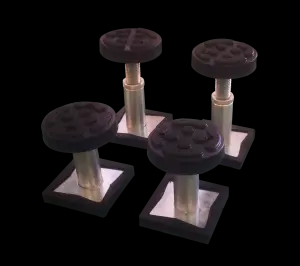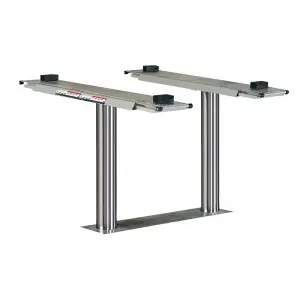****
The cylinder is a fundamental geometric shape that plays a significant role not only in mathematics but also in various practical applications across multiple fields. Defined as a three-dimensional solid with two parallel circular bases connected by a curved surface at a fixed distance from the center of the bases, the cylinder is characterized by its height, radius, and volume. Understanding this shape can deepen our appreciation for geometry and its integral role in the physical world.

Understanding the Cylinder: Its Mathematical Significance, Real-World Applications, and Unique Properties Explored in Detail
Mathematical Properties of a Cylinder
From a geometric standpoint, a cylinder can be categorized into two main types: right cylinders and oblique cylinders. A right cylinder has bases that are directly aligned above one another, while an oblique cylinder leans over, making the bases not directly aligned. The formula for calculating the volume of a cylinder is one of its most critical aspects:
\[ V = \pi r^2 h \]
where \( V \) is the volume, \( r \) is the radius of the base, and \( h \) is the height of the cylinder. This formula illustrates how the volume increases exponentially as the radius increases, exemplifying the profound effect of circular dimensions in three-dimensional space.

Understanding the Cylinder: Its Mathematical Significance, Real-World Applications, and Unique Properties Explored in Detail
The surface area of a cylinder can also be determined using a well-defined formula. The total surface area \( A \) is given by:
\[ A = 2\pi rh + 2\pi r^2 \]
This equation takes into account both the curved surface area and the area of the two circular bases. Such calculations are not just academic; they can be valuable in many real-world applications.

Understanding the Cylinder: Its Mathematical Significance, Real-World Applications, and Unique Properties Explored in Detail
Applications of Cylinders in Real Life
Cylinders can be seen in countless everyday objects and structures, making their study particularly relevant. For instance, pipes, cans, and certain types of storage tanks are all cylindrical in shape. Understanding the properties of these objects helps in diverse areas ranging from manufacturing to construction.
In engineering, cylinders are frequently used in the design of hydraulic systems and engines. Hydraulic cylinders, for example, employ the principles of fluid mechanics and leverage the cylindrical shape to optimize force generation and motion control. By understanding the mechanics of pressure within the cylinder, engineers can design systems that are not just functional but also energy-efficient.
Moreover, the prominence of cylinders in storage solutions—such as water tanks, storage cylinders for gases, and barrelling in the food industry—highlights their practicality. The uniformity and space optimization offered by cylindrical shapes allow for efficient storage and transportation of various materials, emphasizing how geometry directly influences logistical operations.
Cylinders in Science and Nature
In the realm of science, cylinders are essential tools in laboratories. Test tubes, for instance, are cylindrical vessels used for holding liquids during experiments. Their geometry allows for even heating and mixing of substances, leading to more consistent results. Furthermore, many biological structures, such as cells and certain plant parts, exhibit cylindrical forms, presenting exciting opportunities for study within biology and environmental science.
Nature often utilizes the properties of the cylinder, as observed in the formation of certain minerals and biological organisms. For example, the intricate designs of coral structures and some bacteria show how cylindrical shapes provide stability and efficiency in resource utilization. This natural occurrence raises intriguing questions about geometry’s evolutionary advantages.
Conclusion
The significance of the cylinder extends far beyond simple geometrical principles; it intertwines with numerous disciplines from engineering to biology. By exploring the various mathematical formulas and practical applications associated with cylinders, one gains insight into how geometric shapes influence everyday life and technological advancements. As the study of geometry evolves, cylinders will undoubtedly remain a cornerstone of creativity and innovation, underscoring the importance of understanding these three-dimensional forms in both academic and practical contexts. Through continued exploration and application of the cylinders, individuals can unlock further potential in fields ranging from architecture to environmental science, demonstrating that even the most fundamental shapes can lead to profound discoveries and innovations.Quick Lift
